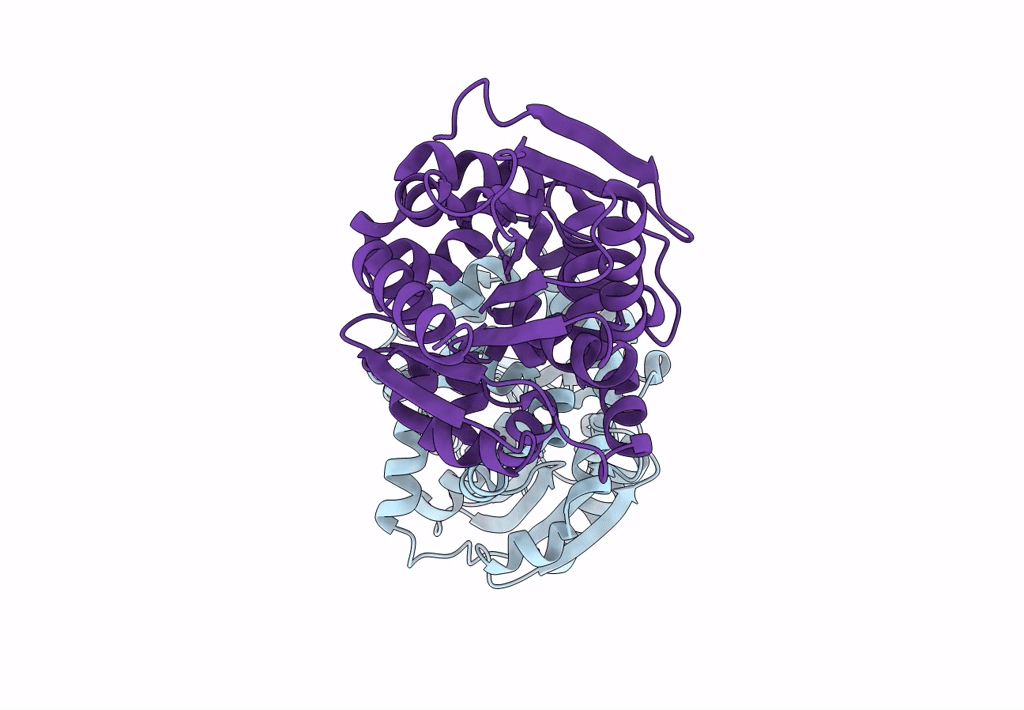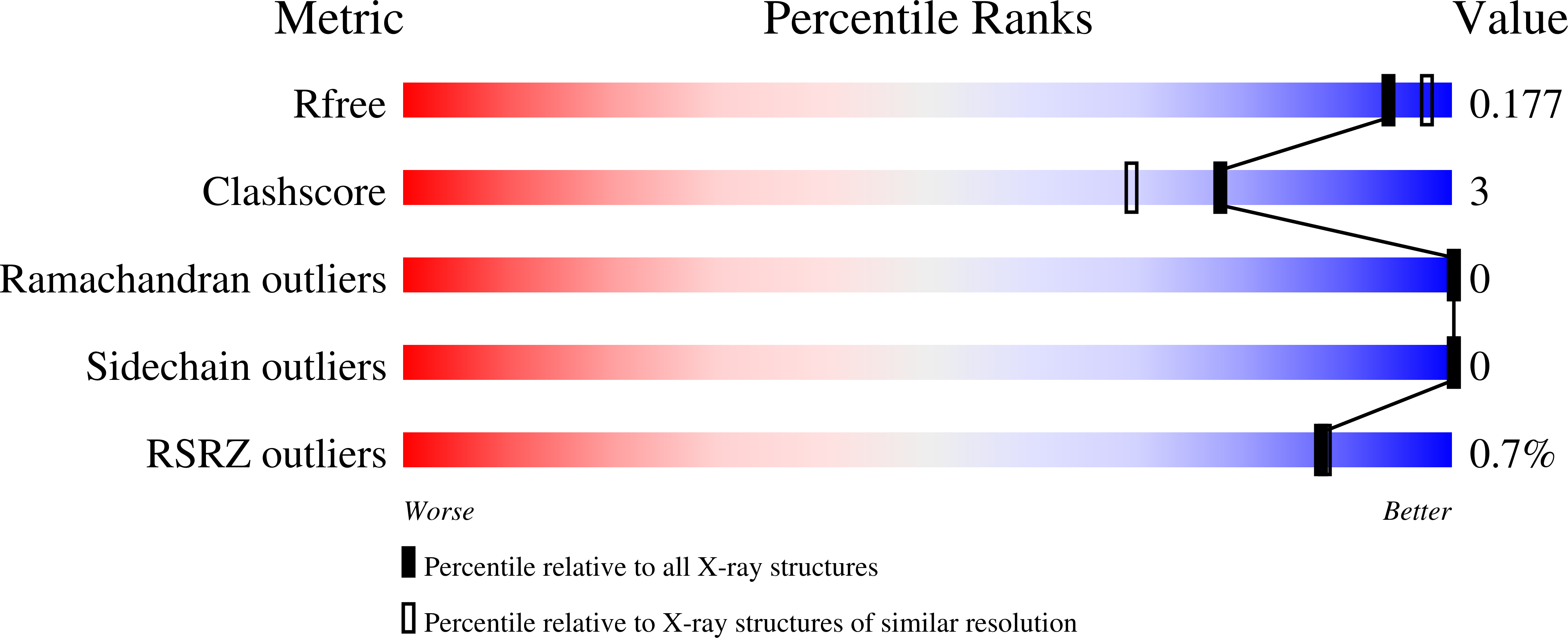
Deposition Date
2023-04-06
Release Date
2023-09-06
Last Version Date
2023-11-01
Entry Detail
PDB ID:
8SDC
Keywords:
Title:
Crystal structure of fluoroacetate dehalogenase Daro3835 apoenzyme
Biological Source:
Source Organism:
Dechloromonas aromatica RCB (Taxon ID: 159087)
Host Organism:
Method Details:
Experimental Method:
Resolution:
1.86 Å
R-Value Free:
0.17
R-Value Work:
0.12
R-Value Observed:
0.12
Space Group:
P 1


